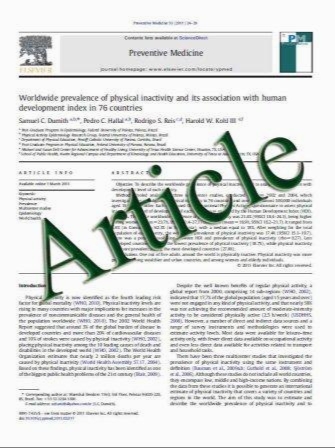Clinical practice Proteinuria
- نوع فایل : کتاب
- زبان : انگلیسی
- مؤلف : Gema Ariceta
- چاپ و سال / کشور: 2011
Description
Proteinuria detection in children is a challenge. Five percent to 15% and 0.4–1% of school children present either transient (benign) or persistent increased amount of protein in urine, respectively. Persistent proteinuria constitutes not only a sign of overt kidney disease but may also be the first indicator of silent renal damage. Proteinuria is a marker for hyperfiltration in individuals with reduced nephron mass and one of the most important independent risk factor for renal disease progression as well. It constitutes the single most important risk factor for future loss of kidney function, preceding glomerular filtration rate reduction. Further, proteinuria itself is diagnostic of cardiovascular disease with prognostic value and target organ involvement in high-risk populations such as diabetic, obese, hypertensive children, or those with known reduced renal mass or previous renal injury. Current strategies to prevent CKD progression, a concept known as renoprotection, are focused on reducing urinary protein excretion among other factors. Reversibility of organ damage in early stages is possible; therefore, pediatricians should screen children for proteinuria or microalbuminuria, mainly in high-risk groups.
Eur J Pediatr (2011) 170:15–20 Received: 17 June 2010 / Accepted: 11 October 2010 / Published online: 10 November 2010


